





 |
 |
 |
 |
 |
 |
| Rick | profile | all galleries >> Galleries >> civil_rights_museum_birmingham | tree view | thumbnails | slideshow |
 PICT0201-2-101s.jpg |
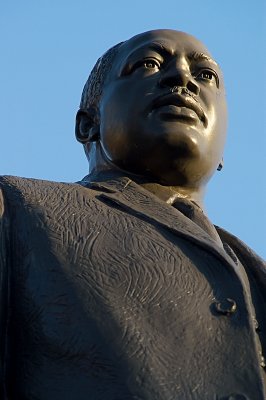 PICT0216-100s.jpg |
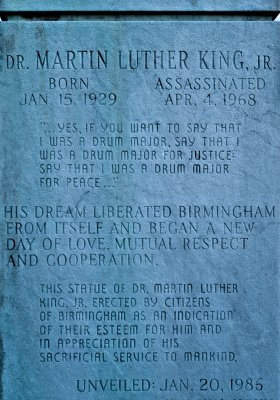 PICT0230-2-100s.jpg |
 PICT0228-100s.jpg |
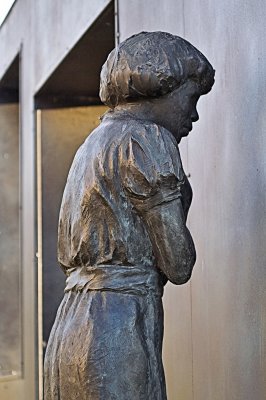 PICT0227-2-100s.jpg |
 PICT0204-2-100s.jpg |
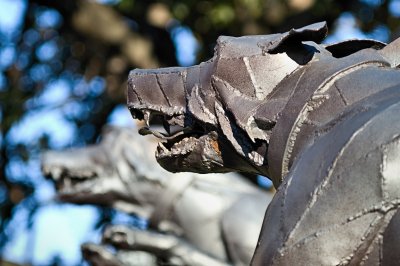 PICT0203-100s.jpg |
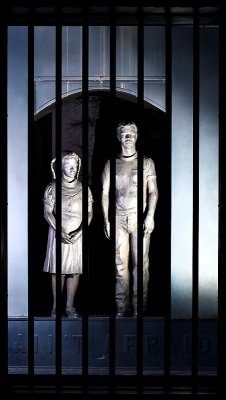 PICT0286-100_s.jpg |
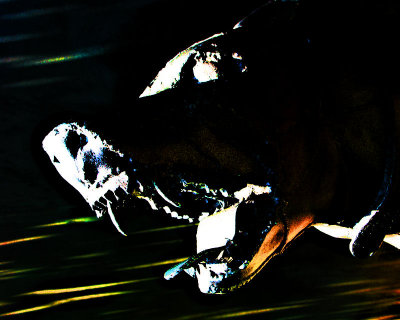 Nightmare |
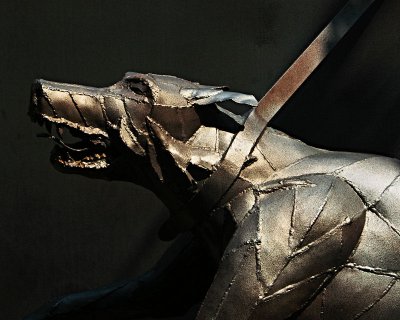 Steely Eyed Dog |
| comment | share |